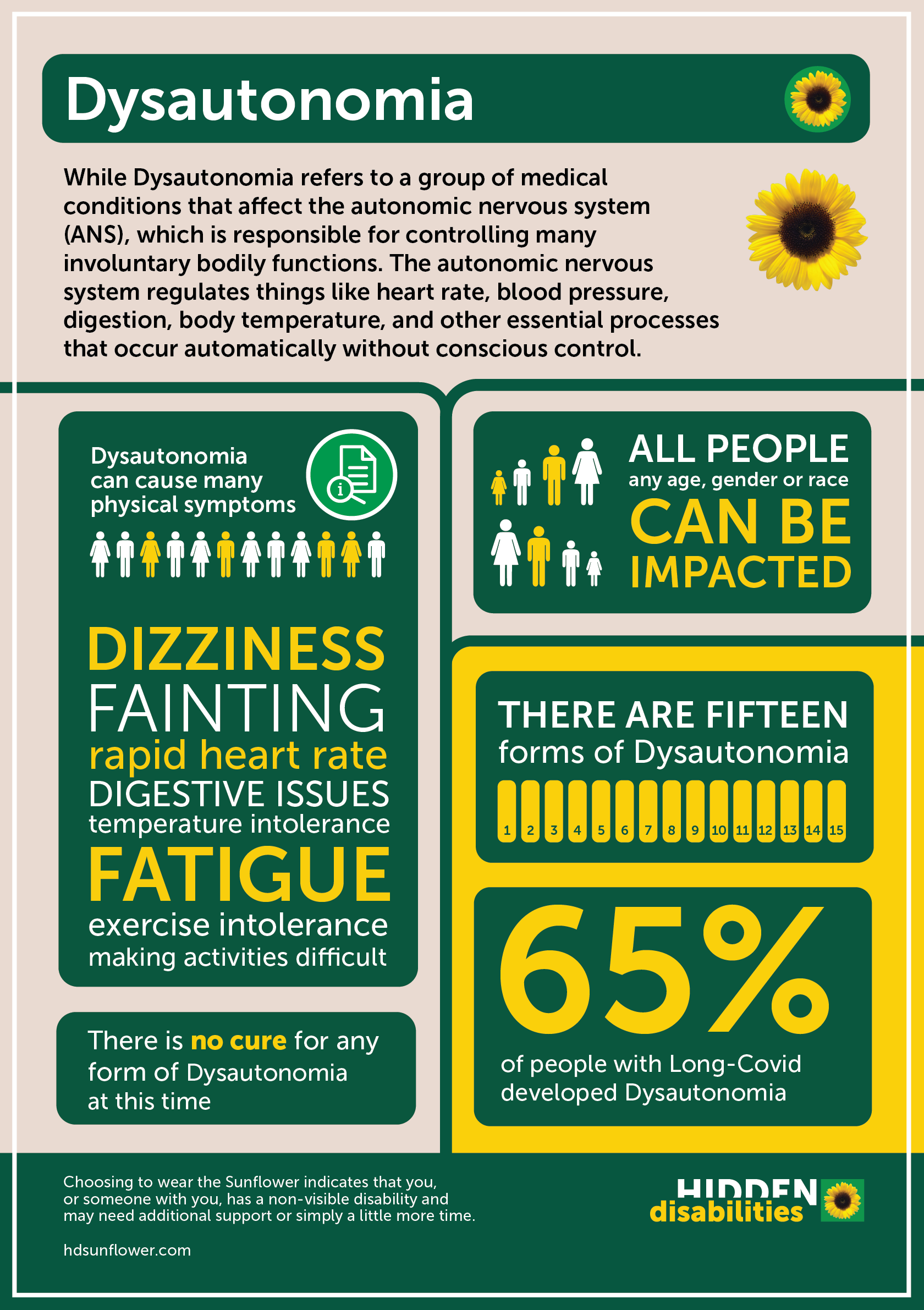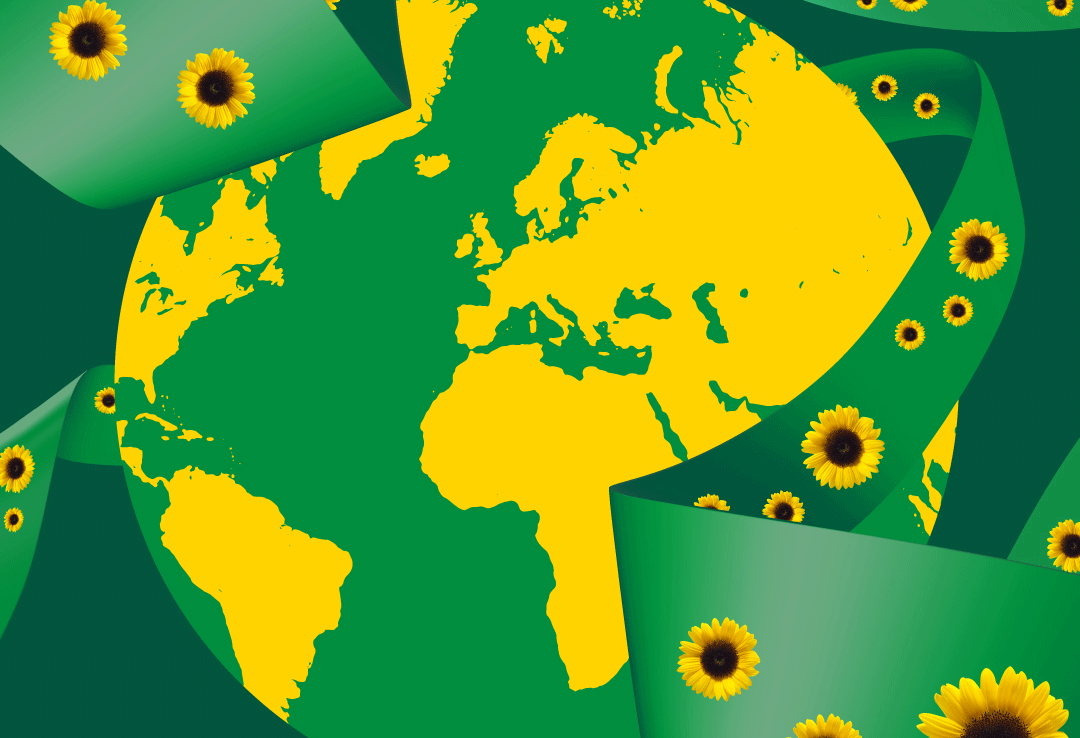July is Disability Pride Month, an awareness month to amplify the voices and visibility of disabled people in all aspects of their lives. This is the Disability Pride flag, an updated version of the original flag, which was redesigned in 2021 by Ann Magill in collaboration with other members of the disabled community.
Ann’s original design featured bright colours and a zigzagged pattern that caused visual disturbances for some disabled people which had the potential to trigger seizures, migraines, disorientation and other types of eye strain when viewed on electronic devices. Working with this feedback from the disabled community, Ann's new, more accessible flag features muted colours and no zigzags. It has been designed to decrease the potential of flicker effects, nausea triggers, and improve visibility for colour blindness. It is also more inclusive of a greater diversity of disabilities.
What does the Disability Pride flag symbolise?
The flag's new design represents key themes that are at the heart of Disability Pride. The parallel stripes symbolise solidarity within the disability community, celebrating all its differences. The black field represents grief and mourning for victims of ableist violence while also symbolising rebellion and protest. And the diagonal band signifies “cutting across” barriers that separate disabled people; creativity and light cutting through the darkness.
What do the Disability Pride flag colours represent?
- Red represents physical disabilities
- Yellow represents cognitive and intellectual disabilities
- White represents non-visible and undiagnosed disabilities
- Blue represents psychological disabilities and mental health
- Green represents sensory disabilities.
Dysautonomia & the HDS Invisible Disabilities Index

For our part in Disability Pride month, we're helping raise awareness of disabilities that are perhaps not as well known, like Dysautonomia, a condition that affects the autonomic nervous system. The autonomic nervous system regulates things like heart rate, blood pressure, digestion, body temperature, and other essential processes that occur automatically without our conscious control.
If you have dysautonomia, there is a dysfunction or impairment in your autonomic nervous system, leading to disruptions in the normal functioning of various organs and systems in the body. This means that people with the condition may experience:
- Dizziness
- Difficulty standing
- Palpitations
- Difficulty concentrating
- Fatigue
- Nausea or digestive system problems
- Breathing difficulties.
There can also be a number of other related symptoms such as:
- Temperature regulation difficulties: Sensitivity to temperature changes, excessive sweating, or difficulty adjusting to temperature changes.
- Neurological symptoms: Headaches, brain fog, difficulty concentrating, or cognitive impairment.
- Cardiovascular issues: Fluctuations in heart rate, low blood pressure, rapid heart rate, or palpitations.
Ambar Zenteno, Sunflower Ambassador
Our Sunflower Ambassador in Chile, Ambar Zenteno, Miss Chile, has dysautonomia and is shining her light on the condition through the beauty pageant Miss World - Beauty with a Purpose platform.
Ambar advocates for the Hidden Disabilities Sunflower in Chile and plans to raise the profile of invisible disabilities and dysautonomia as she heads to compete in Miss World this year.

“Dysautonomia has been a life challenge. I was diagnosed 6 years ago when I was 22 years old. My symptoms started when I was 18 years old. I was experiencing dizziness and fainting often which made balancing studying at university and going to work very difficult. But as time went on I began to recognise ways that I could manage my symptoms. However, I'm very lucky that I can do this, as for many people with dysautonomia their symptoms are unmanageable.”
To find out more about Ambar's mission and her experience of dysautonomia, you can listen to her Sunflower Conversation here.
To continue reading about dysautonomia, including the daily challenges faced by a person with the condition and how you can help that person please visit our Hidden Disabilities Sunflower Invisible Disabilities Index page.
This Index is a database for organisations and allies to help improve their awareness of specific hidden disabilities, to improve how they support people with specific conditions at work and in the community.
At Hidden Disabilities Sunflower, we believe that the more we all understand about non-visible disabilities, the more we can help to improve the lives of people experiencing them.
Our Index is an ever evolving database so be sure to check back from time to time and learn something new about disability. Visit the Index





